Heat adaptation is a crucial strategy for cyclists preparing to race in hot conditions. Without proper acclimatisation, athletes can experience significant performance decrements and increased health risks when competing in high temperatures.Research has shown that unacclimatized athletes racing in the heat can suffer from reduced power output and impaired performance. A meta-analysis of 96 studies demonstrated that time trial performance can improve by up to 7% following heat acclimatisation 1
. This improvement is substantial in competitive cycling, where marginal gains can make the difference between winning and losing.The negative effects of racing in hot conditions without proper adaptation are multifaceted. Unacclimatised athletes may experience:
- Reduced maximal oxygen consumption (VO2max)
- Elevated core body temperature
- Increased cardiovascular strain
- Decreased time to exhaustion
- Impaired movement economy
For instance, one study found that heat acclimatisation can improve VO2max by approximately 6% and lower lactate threshold by about 1.0 mmol/kg1
. These physiological improvements directly translate to better cycling performance in hot conditions.Moreover, heat stress without proper adaptation can lead to premature fatigue, dehydration, and in severe cases, heat-related illnesses. A review of heat acclimatisation benefits showed that it can reduce the risk of heat exhaustion and heatstroke, making it not just a performance enhancer but also a crucial safety measure.2
By implementing a structured heat adaptation protocol, cyclists can mitigate these negative effects and optimise their performance for summer racing. The following sections will delve into specific strategies and protocols to achieve effective heat acclimatisation for cycling competitions in hot environments.
Duration and Timing
Initiate heat adaptation 2-3 weeks before your target event. Most studies indicate that 9-12 days of heat acclimatisation training is the minimum required for physiological and performance adaptationsRecommended Protocols
1. Outdoor Training
If possible, train in conditions similar to your race environment:- Duration: 60-90 minutes per session
- Frequency: Daily for 1-2 weeks
- Temperature: Aim for around 104°F (40°C)
- Intensity: Start with easy sessions (~50% VO2max) and gradually increase
2. Indoor Training
For cyclists in cooler climates:- Ride indoors without a fan
- Increase room temperature
- Close windows to simulate hot conditions
- For added humidity, set up your trainer in the bathroom after a hot shower.
3. Passive Heat Exposure
Incorporate these methods post-training:- Sauna sessions: 6-9 exposures of 30 minutes each, spread over 1-3 weeks (80-100°C)
- Hot water immersion: 6-7 sessions of 30-45 minutes in 40-45°C water
Progressive Adaptation
- Days 1-4: Reduce intensity by 60-70%, limit rides to 60-90 minutes
- Days 5-10: Gradually increase duration and intensity
- After day 10: Resume normal training intensity
Additional Strategies
- Overdressing: Wear thermal cycling gear during outdoor rides when temperatures exceed 60°F (16°C)
- Indoor sessions with thermal gear: Train on an indoor trainer wearing warm clothing, without cooling fans
- Hydration: Consume room temperature or warm fluids during adaptation sessions
Key Considerations
- Don't go more than 2-3 days between hot training sessions to maintain adaptations
- Monitor core body temperature, aiming for at least 38.5°C during sessions
- Stay hydrated, but avoid cold fluids during heat adaptation training
- Be aware that heat adaptation adds stress to your training week, so adjust your recovery accordingly
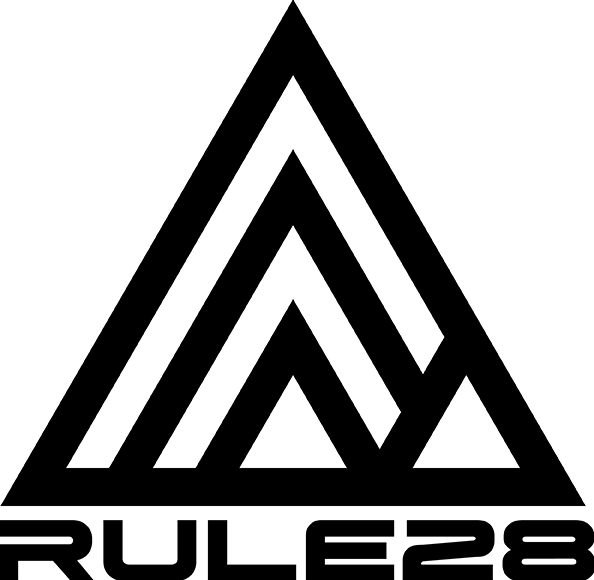

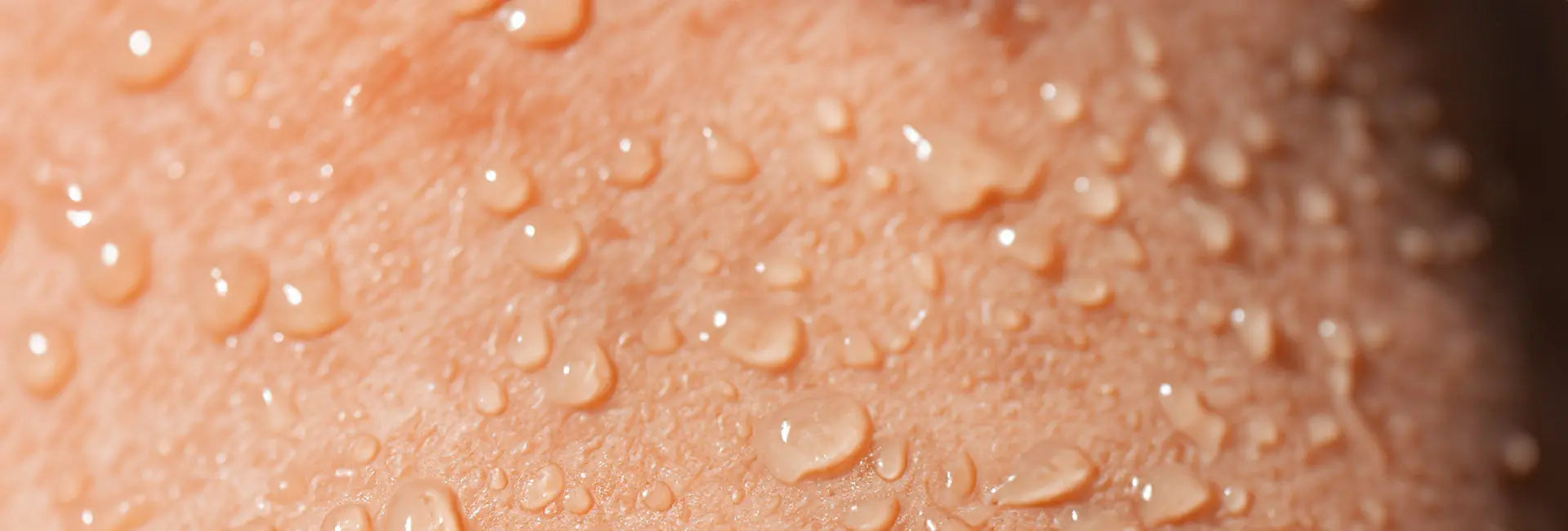
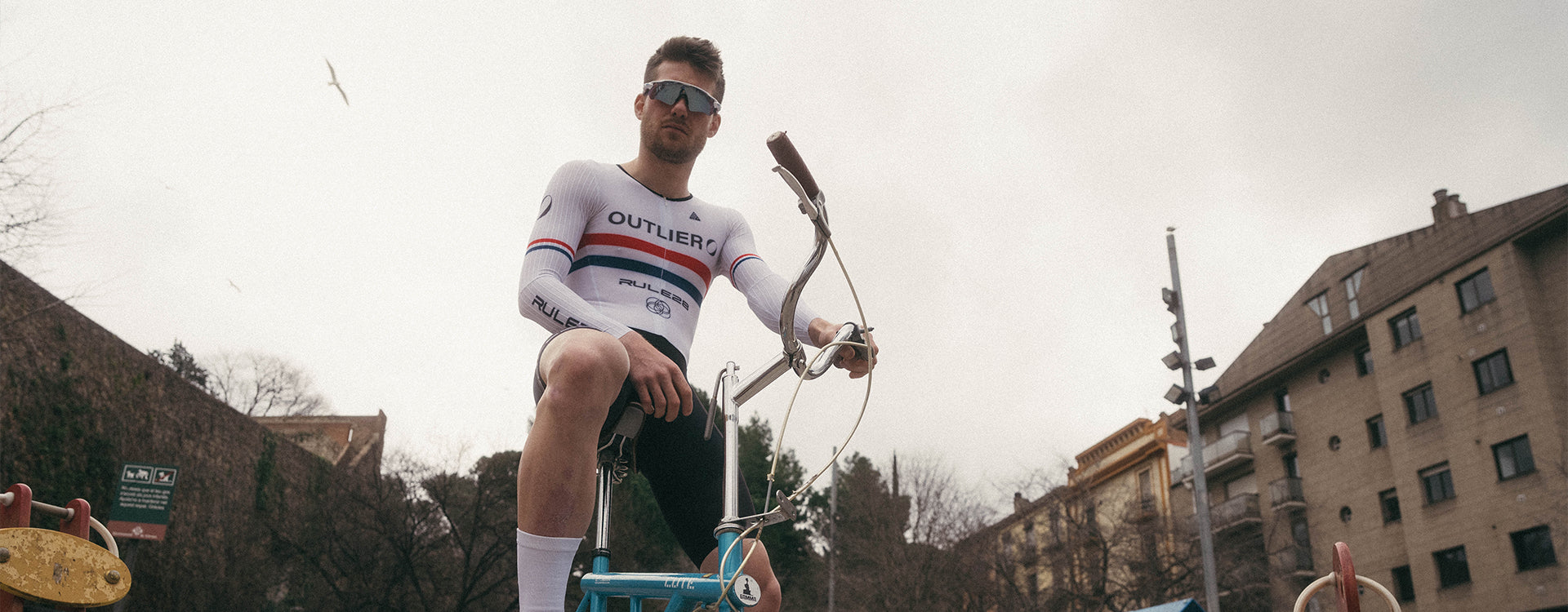
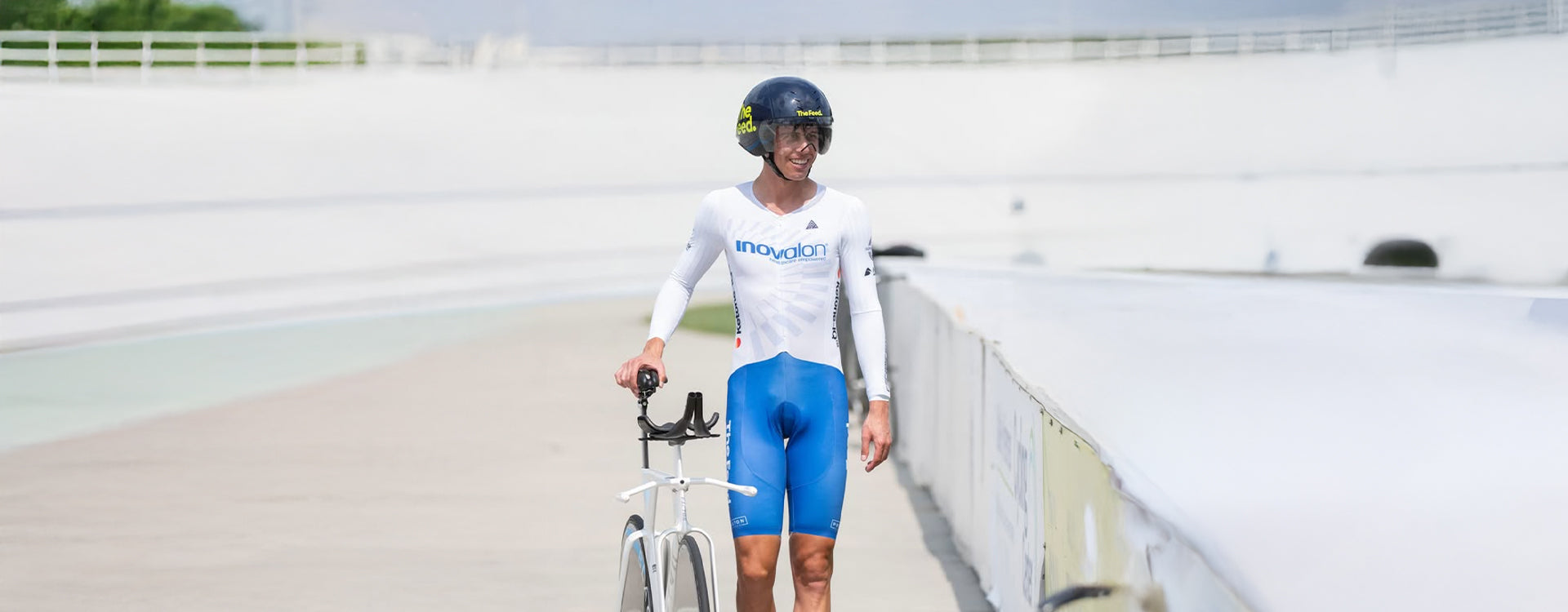
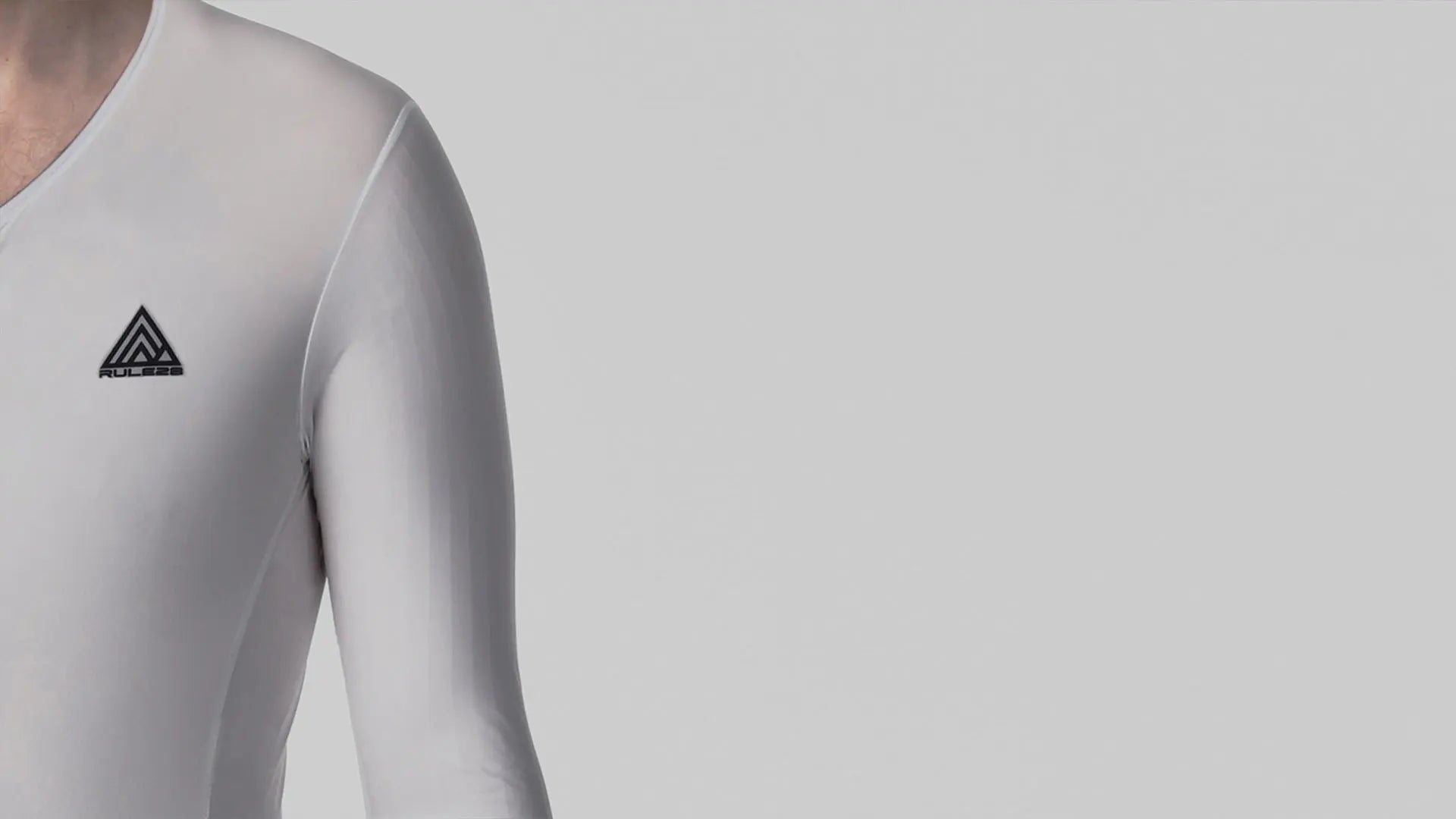
Share:
The Truth About Performance Gains: How to Invest Wisely in Upgrades
Skinsuit Tech At The Tour De France